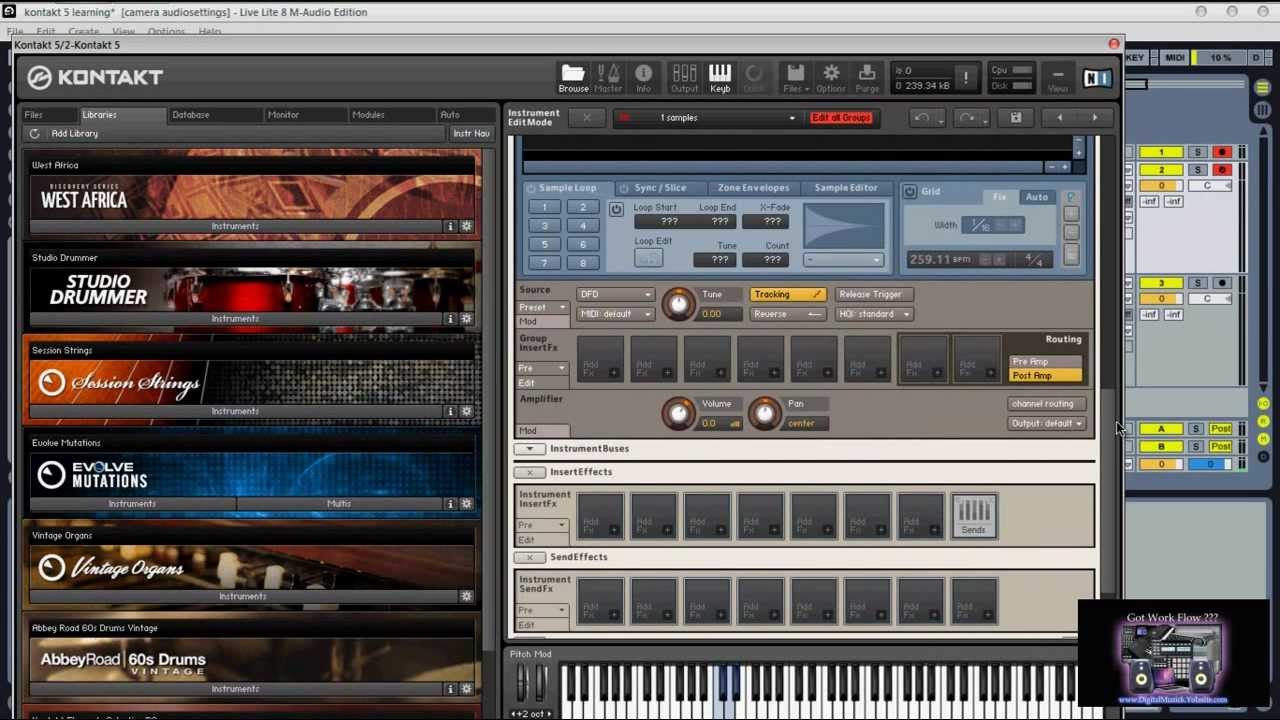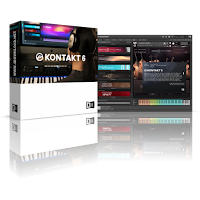

While each preset has parameters pre-mapped to the 4 macros, you can easily edit these settings. When combined, you have the power to change 24 parameters at once. Between the effects modulated by rhythm panel settings (pan, filter, phaser, talk, and saturate) and the effects panel tools (pitch, dirt, motion, compression, tone, delays, and reverb) the possible permutations are endless.ĮXHALE also has four macro sliders that can each control up to 6 parameters. They’ve even provided an option to save your FX settings to recall as FX presets at anytime.


The FX section of the engine page is phenomenal with its offerings of rhythm shaping, modulation adjustments/levels, and effect parameters. Additionally, a few global controls in this panel are polyphony, velocity sensitivity, and glide. Each source has individual EQ, ADSR, volume, pan, tuning, and reverse options. The appropriately-named “source panel’ is where you can select the sounds that will feed into the engine. This page houses the real guts of the instrument, allowing you to access and edit the source panels, mod rhythm section, mod effects, and insert effects. The power and flexibility of this VST is largely enabled by the engine. I informally polled some music producers I respect and tried out some of their recommendations for the most interesting and unusual third party libraries around in order to compile this list of 5 top picks that can help dramatically expand any producer’s toolkit. Some of them have even created truly unique instruments, unlike the standard fare you’ll find elsewhere. They are developing truly inspiring instruments and engines that easily rival the Native Instruments content, but with a completely different perspective.

It’s incredibly easy to bring in your own samples and quickly have a VST to play them.īuilding on this function, many VST developers have now taken this platform’s third-party capabilities to the next level. One of the best features of Kontakt however, is the ability to create your own virtual instruments housed within the engine. This virtual instrument can host dozens of the company’s incredible libraries including Alicia’s Keys, Session Guitarist and Studio Drummer, to name just a few. If you are a music producer in the year 2018, I’m 99.9% positive you’ve heard of Native Instruments’ nearly ubiquitous VST module, Kontakt.


 0 kommentar(er)
0 kommentar(er)
